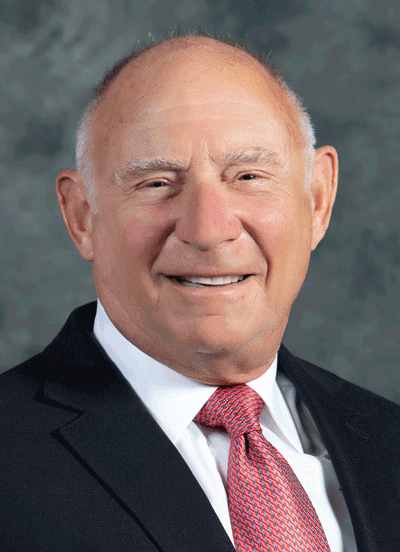 Governor Jerry Brown has proposed a state budget brimming with new revenues, but carefully socking part of the surplus away for a future economic downturn. He understands the impermanence of recovery. In fact, California has been the source of recent national fluctuations, from the dot-com bubble 15 years ago to the more recent housing bubble.
Governor Jerry Brown has proposed a state budget brimming with new revenues, but carefully socking part of the surplus away for a future economic downturn. He understands the impermanence of recovery. In fact, California has been the source of recent national fluctuations, from the dot-com bubble 15 years ago to the more recent housing bubble.
Many Economies
California is a single state, but many economies. The recovery of the entire state obscures the struggles of many regions and industries.
Geographically, our economic divide has worsened. We have wealthy coastal enclaves and poor inland communities; a booming high technology sector and low-wage service businesses. Nearly a quarter of Californians still live in poverty.
We can agree on some of the long-term solutions, especially increasing educational opportunities for children in at-risk families. More immediate, however, is developing entry-level jobs for adults living in and on the edge of poverty, and higher-wage employment to open the doors to the middle class.
Recovery
California is blessed with a strong and diverse economy. Since the recession, we’ve created new businesses faster than the rest of the nation. We’ve also outpaced the nation in job creation over the past couple years. The unemployment rate has dropped by more than 6 percentage points to just under 6%.
After six years of recovery, California has gained back all the jobs lost, and then some. Our per capita personal income is 14% higher than the pre-recession peak.
But success has a price. In coastal California, the cost of housing has skyrocketed, commutes are longer, and competition for a skilled workforce is more intense. Gentrification is driving poorer residents to outlying areas with fewer services.
Inland/Rural Areas Lag
But other regions can only wish they had these problems. Many communities in the Central Valley would likely accept higher housing prices if the tradeoff was more robust employment and higher-paying jobs.
While coastal and metro California has grown the job base by more than 4% since the recession, job growth in inland and rural California has lagged.
California is a magnet for investor capital, with a highly talented workforce for certain industries. In these areas, startups will blossom and may eventually create successful businesses.
But the issues for mature industries can be quite different. How can they control costs, and afford rent, energy and employment expenses? Can their employees afford to live near the workplace?
Common Concern: Costs
California’s wide diversity of businesses and industries spawns a broad spectrum of concerns about the business climate. But the common thread is cost.
If a company is labor intensive, it cares about complex labor laws and excessive litigation. A housing developer cares about costly delays from abuse of the California Environmental Quality Act. Energy-intensive manufacturers care about the costs of energy.
The distribution of the California economy is vastly different than it was before the downturn. While all industrial sectors have restored some jobs, construction and manufacturing have lagged, regaining only four-fifths of their previous job levels.
The state’s economy continues to be driven by information technology, life sciences and tourism—industries focused in San Francisco, San Diego and Los Angeles.
Sustaining Recovery
A stable, productive economy for all Californians is good not only for California, but also for the country. To sustain the recovery enjoyed by some industries and regions and broaden economic opportunity across the entire state, policymakers should aim to increase certainty and reduce competitive disadvantages for job creators and investors. Broadening our economic base will help hedge against future downturns and budget shortfalls.
Allan Zaremberg is president and CEO of the California Chamber of Commerce. This commentary first appeared in The Sacramento Bee.

